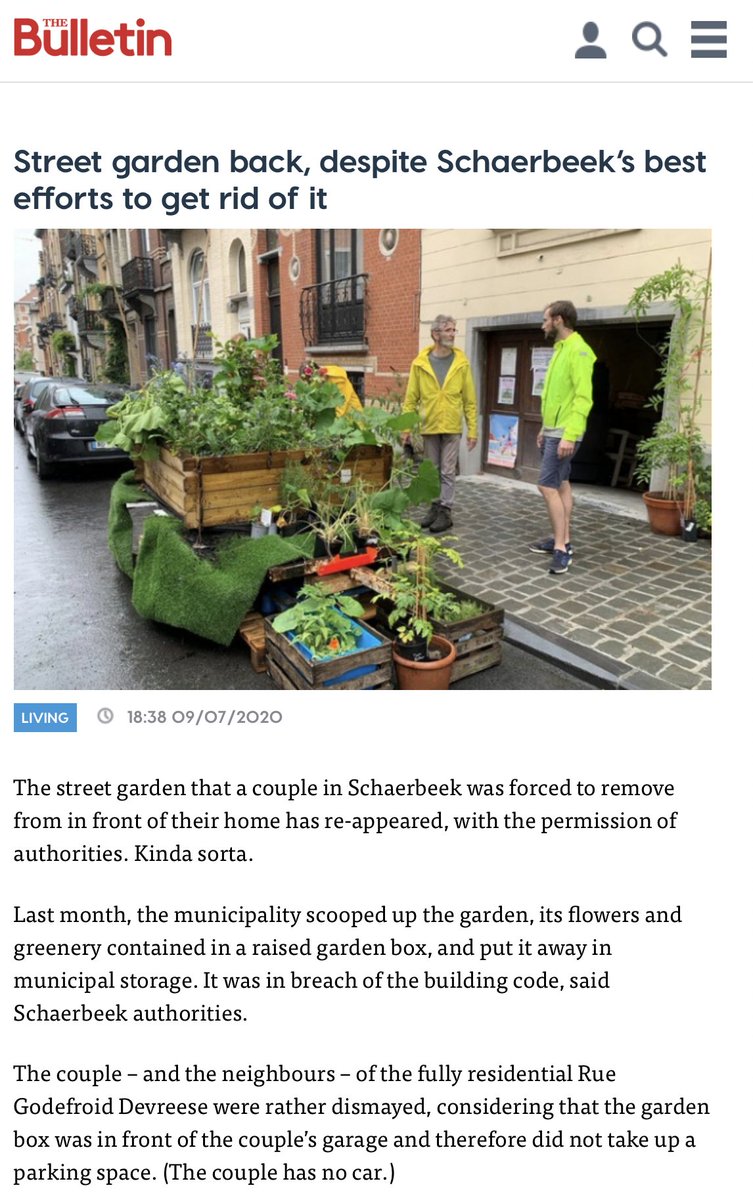

That’s because Fusarium thrives when temperatures are around 75 to 85☏. But in the warmer spring or fall, it can be a problem. If you’re growing your plants in the winter, you won’t have to worry about this fungal disease. Still, it’s not unheard of for broccoli to contract fusarium yellows. conglutinans can infect any member of the brassica genus, though cabbage is more at risk than broccoli. Make your way over to Arbico Organics to pick some up. Or, if they do, the seedlings will be stunted, they might wilt, and they may be water-soaked at the base.īanish comes in 32-ounce or gallon-size concentrates that will last you a good, long while. What’s it look like? You’ll plant your seeds in the soil and they won’t germinate. It’s caused by oomycetes in the Pythium genus and fungi in the Fusarium genus.

If you garden for long enough, you’ll bump up against damping off. There isn’t a good treatment option available for home gardens, so you’ll need to pull infected plants and dispose of them. That means buying disease-free seeds, keeping weeds away, and rotating those crops!ĭon’t plant any brassicas in the same spot more often than every six years to prevent clubroot spread. Start with appropriate steps to prevent an infection. Broccoli heads might be stunted or small. The first thing you might notice is wilting during the day, even if the plant has plenty of moisture in the soil or it isn’t hot out.Īs the disease progresses, you’ll start to see the leaves turn yellow and eventually die. So how the heck do you know if your plants have it since you can’t see the roots? It’s not just the main roots that are impacted, but the secondary and fine roots, as well.

It is often classified with other fungal diseases, but it does not actually fit into the category of animal, plant, or fungus. This pathogen is neither a type of fungi nor an oomycete, it is a single-celled eukaryotic organism that relies on plant cells for food without killing them – an obligate biotroph. The primary symptom is – you got it – clubbed, enlarged roots. ClubrootĬlubroot is a disease of crucifers caused by an obligate biotroph protist called Plasmodiophora brassicae. Clean your tools in between uses, and keep pests like aphids and flea beetles away as much as possible.įind more information on controlling black rot here. In the future, make sure any seed you purchase is certified disease-free, and rotate your crops. If the plant is too far gone, pull it and dispose of it – don’t put it in your compost. If the disease doesn’t cause the head to rot, you can still eat it. There is no cure, but you can slow its spread with a copper fungicide. It spreads easily via tools, hands, insects, and even water, and it thrives in warm, humid conditions in the high 70s. Eventually, the plant wilts, and the leaves rot. Next, the veins and stems of the plant start to turn brown or black, and necrotic spots form on the head. And it's a really fun hands-on application activity for kids."Īfter Tuesday's stop in Atascadero, Big Creek Lumber dropped off supplies at Templeton Middle School.Then, the splotches turn brown and necrotic. They get to do some math when they build the garden beds. "The kids get to learn about where their veggies come from," Webb said. The program helps students get up-close and personal with the growing process. "We show up at a school with the Big Creek Lumber truck, and the kids help unload the goods. "One of the best things we get to do all year in the community is these garden bed grants," Michelle Webb, Marketing Manager for Big Creek Lumber, told KSBY. Now in its sixth year, the program offers grants for garden supplies to local schools.ĭonated supplies include Big Creek Lumber's sustainable redwood boards. The California-based company, which has a location in Paso Robles, started the grant program in 2016 as part of their 70-year anniversary celebration. Martin, along with Santa Rosa Academic Academy Principal Tim Sobraske, filled out the application with Big Creek Lumber in the fall of 2021.

"We are getting the wood material for, including raised bed soil and all the materials to put the garden beds together, so we can increase our garden," Katie Martin, PTA President at Santa Rosa Academic Academy, said. The Atascadero elementary school was one of ten of schools to win a garden bed grant from Big Creek Lumber for the 2021-2022 school year. A lumber truck pulled up on campus at Santa Rosa Academic Academy Tuesday morning, loaded with redwood boards, shovels and bagged soil.


 0 kommentar(er)
0 kommentar(er)
